When it comes to checking tire tread, there are a number of methods that can help you know if it’s time to replace a tire. Heavily worn tread will prevent a tire from performing as designed and can lead to unsafe driving conditions. One of the simplest, most common ways to check tread depth requires nothing more than a penny and a few moments of your time.
In the United States, tire tread depth is measured in 32nds of an inch. New tires typically come with 10/32” or 11/32” tread depths, and some truck, SUV and winter tires may have deeper tread depths than other models. The U.S. Department of Transportation recommends replacing tires when they reach 2/32”, and many states legally require tires to be replaced at this depth.
The idea of the penny test is to check whether you’ve hit the 2/32” threshold. Here’s how it works:
Place a penny between the tread ribs on your tire. A “rib” refers to the raised portion of tread that spans the circumference of your tire. Tire tread is composed of several ribs.
Turn the penny so that Lincoln’s head points down into the tread.
See if the top of his head disappears between the ribs. If it does, your tread is still above 2/32” , If you can see his entire head, it may be time to replace the tire because your tread is no longer deep enough.
When performing the penny tire test, remember not only to check each tire, but to check various places around each tire. Pay special attention to areas that look the most worn. Even if parts of your tread are deeper than 2/32”, you should still replace the tire when any areas fail the penny test.
Consistent wear around the whole tire is normal, but uneven tread wear could be a sign of improper inflation, wheel misalignment, or a variety of other things. If you see uneven tread wear, you should have a technician inspect your vehicle.
A simple way to check your tire tread depth is by using a tread depth gauge. You can find tire tread depth gauges at your local auto parts store. There are many models available, but an inexpensive simple graduated probe gauge will work just fine. All you have to do is stick the probe into a groove in the tread and press the shoulders of the probe flat against the tread block and read the result. All gauges should measure in both 32nds of an inch and millimeters.
You can find tire tread depth gauges at your local auto parts store. There are many models available, but an inexpensive simple graduated probe gauge will work just fine. All you have to do is stick the probe into a groove in the tread and press the shoulders of the probe flat against the tread block and read the result. All gauges should measure in both 32nds of an inch and millimeters.
Another indicator of worn out tread already lives in your tires themselves. Every performance, light truck, or medium commercial tire comes equipped with indicator bars (or wear bars) embedded between the tread ribs at 2/32”. They’re there to help you monitor tread depth and make decisions about tire replacement. Just look to see if the tread is flush with the indicator bars. If they are, it’s time to replace the tire.
While the penny tire test does deliver on what it promises – indicating whether tread has reached the legal limit – it may not be the best indicator of whether your tires are safe for the road.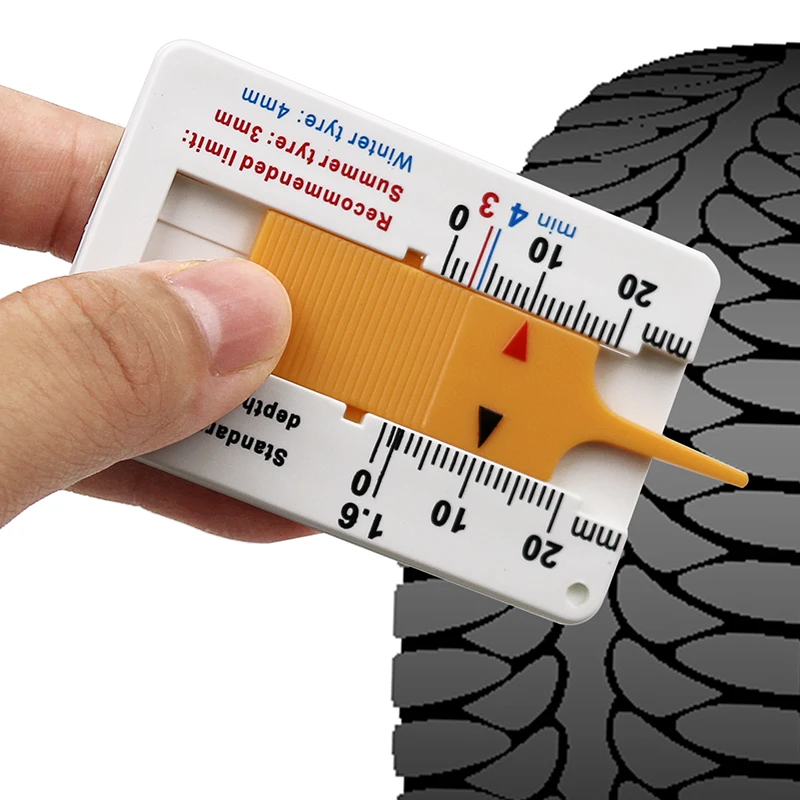 Tire performance can diminish significantly before your tread hits 2/32”. Even though the law deems fit for safe driving may not prevent you from hydroplaning or losing control in rainy, slushy conditions. If you think your tires may be close to needing replacement, have them checked out by a licensed mechanic.
Tire performance can diminish significantly before your tread hits 2/32”. Even though the law deems fit for safe driving may not prevent you from hydroplaning or losing control in rainy, slushy conditions. If you think your tires may be close to needing replacement, have them checked out by a licensed mechanic.
Tire maintenance cannot be overlooked. Proper upkeep extends the life of your tires, and more importantly, keeps you safe on the road. Everyone knows you have to regularly check tire air pressure and keep your wheels properly inflated. But when was the last time you checked your tire treads? If it’s been awhile, you can try these tricks to measure your tire tread at home.
Tire treads provide traction for your vehicle, so they are vital for safety on the road. They provide a void where water can escape during wet conditions, which keeps your vehicle from hydroplaning. They also allow movement in the tread blocks to create traction. These are tire tread measurement guidelines:
They also allow movement in the tread blocks to create traction. These are tire tread measurement guidelines:
It’s easy to check on the condition of your tire treads and ensure they are 4/32 inches without going to a mechanic. Here are three ways you can do it from the comfort of your own driveway.
Take any U.S. quarter and place it between your tire treads. Roll the coin until the top of George Washington’s head is inside the tread. If any part of Washington’s head is covered you are in good shape. That means you have at least 4/32 inches left on your tire tread. Repeat this process in various treads on all of your tires.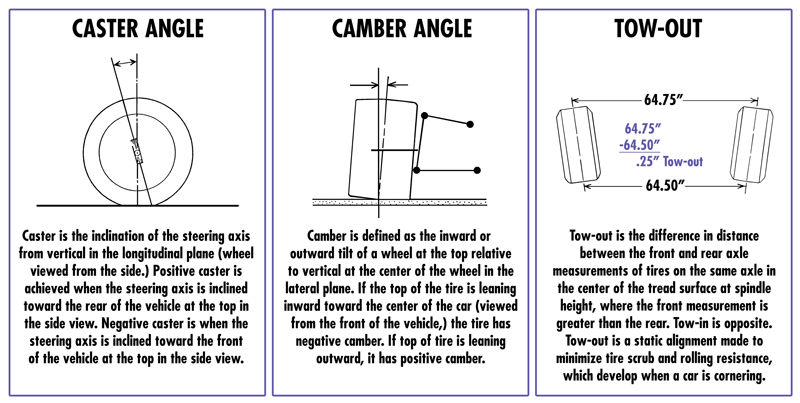
This test uses a U.S. penny to measure tire tread. Put the penny into the groove of the tire, and roll it until Abraham Lincoln is standing on his head. If you can see his entire head, this means it’s time to replace your tires. If any portion of Abraham Lincoln’s head is covered, it means your tires are in good condition and you can drive safely with them.
Did you know most tires are manufactured with a built-in measurement of tire tread? It’s called a treadwear indicator bar, and they’re located in random places inside the grooves of your tires. If the tread wear indicator bar lines up with the adjacent ridge in the tire, your tires are worn out and need to be replaced right away.
If you prefer not to use coins or examine the tires up close, you can use a tread depth gauge purchased at your local auto parts store. These handy gadgets let you measure tire tread in just a few seconds.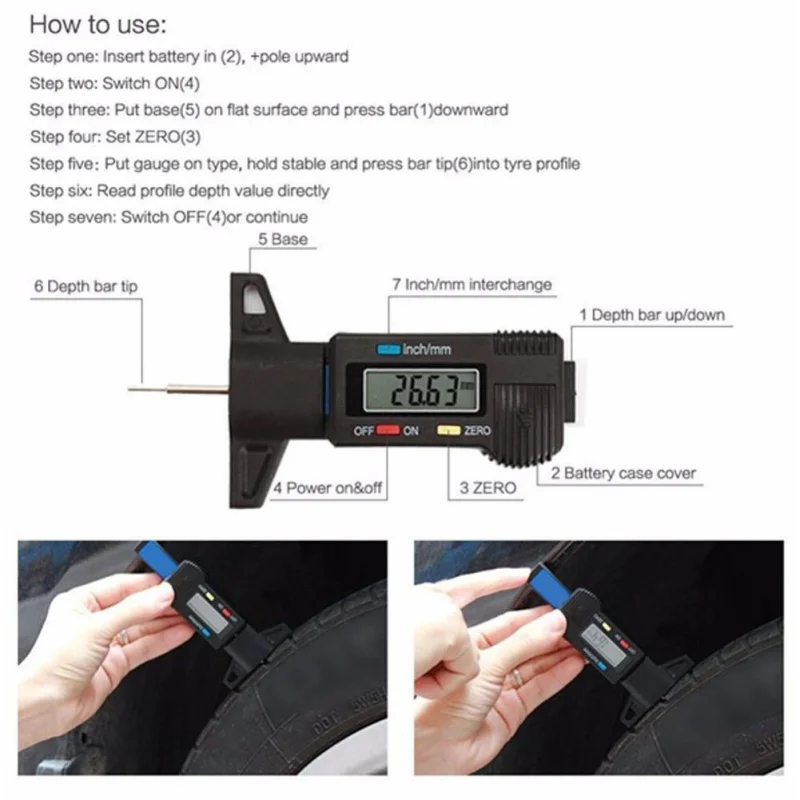 Place the gauge inside any tire tread and push down. Carefully remove the gauge and you will have an accurate measurement. Be sure to do this on several different treads on all four tires to determine the condition.
Place the gauge inside any tire tread and push down. Carefully remove the gauge and you will have an accurate measurement. Be sure to do this on several different treads on all four tires to determine the condition.
Don’t underestimate the importance of the place where your vehicle meets the pavement. Tires with proper tread provide safety and security by helping you avoid accidents. With these simple tricks, you can easily measure tire tread at home.
The tire tread is the outer part of the wheel that provides traction in all weather conditions. The protectors inevitably wear out during the operation of the car, the working height of the slope decreases. The residual tread depth should be periodically monitored and the set of tires should be renewed in time - this will reduce the risk of losing control of the car and save the car owner from fines from the traffic police.
Tread wear rate depends on many factors:
Measuring the thickness of the tread layer will allow you to accurately determine the degree of tire wear and make a decision in time to replace them with new ones.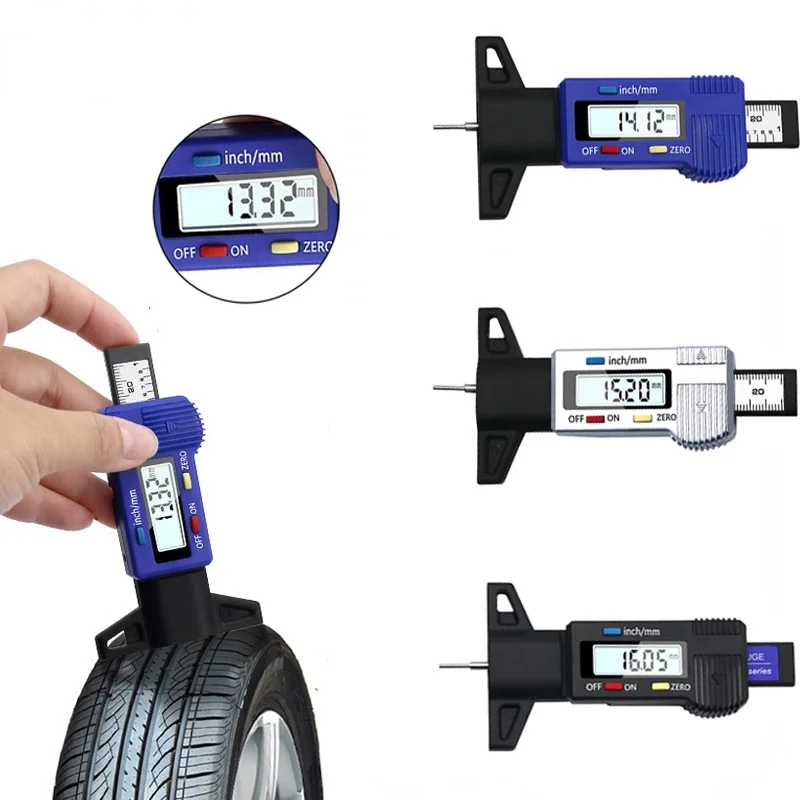
Different tires have different wear limits. Tread depth affects vehicle handling and road safety.
| According to Chapter 5 of the SDA, limiting norms for the height of the tread pattern have been established. For category M1 - passenger cars - as well as vehicles of categories N1, O1 and O2, the minimum allowable value is 1.6 mm. When using winter tires on snowy or icy surfaces - the limit is 4 mm. |
Let us explain what categories of vehicles we are talking about:
N1 - vehicles intended for the carriage of goods, having a technically permissible maximum mass of not more than 3.5 tons;
O1 - trailers, the technically permissible maximum mass of which is not more than 0.75 tons;
O2 - trailers, the technically permissible maximum weight of which is over 0.75 tons, but not more than 3.5 tons.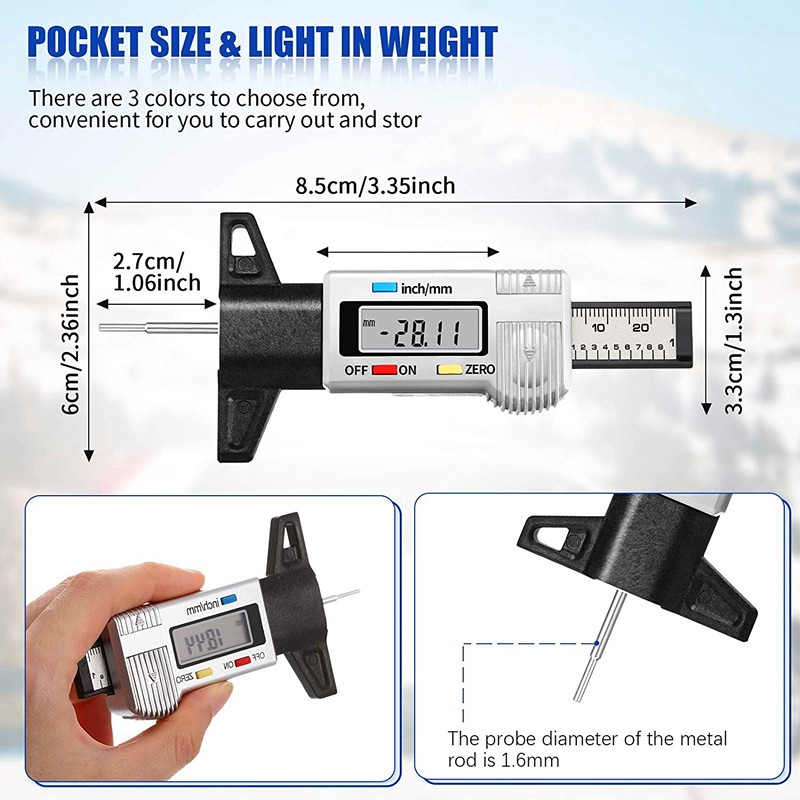
The traffic police officer has the right to measure the residual depth with a verified device. In case of a recorded violation, a fine is imposed on the car owner.
The new summer tire has an average tread depth of 7-8 mm. The service life of summer tires is usually 3-5 seasons with average mileage and moderate driving style.
| Residual height limitation by law is 1.6 mm. However, with a remaining outer layer of 3 mm, the machine is already difficult to control, grip deteriorates, and a safety hazard arises. |
Do not wait until the critical value is reached. Make sure you change tires in advance.
Winter tires are used in severe weather conditions: low temperatures, icy conditions, on snowy road surfaces. Worn elements make the tire ineffective on slippery winter roads. Accordingly, a more serious approach to the condition of the tire tread is needed.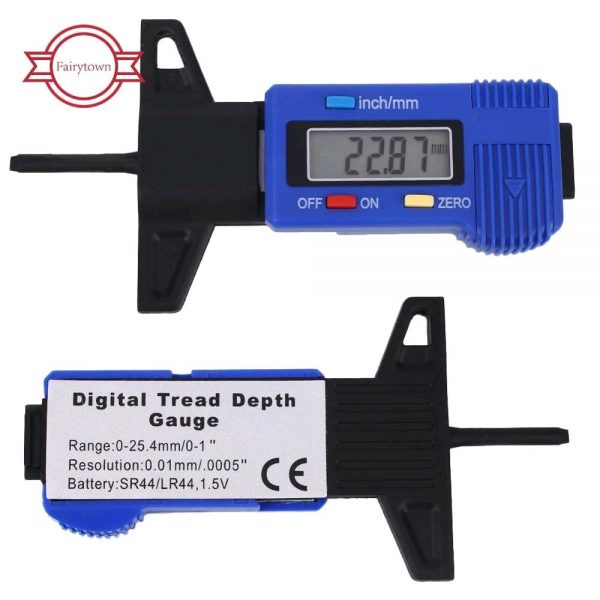
Non-studded friction tire (velcro) with tread depth 8-9mm. A new studded model - from 9 to 11 mm, some firms produce a tread with a height of 12-18 mm.
| If the tread wear is up to 4-5 mm, the winter set of tires needs to be replaced. In addition, the loss of more than 50% of the metal spikes is also a reason to change the car's shoes. |
The average life of winter tires is 2-4 years.
Universal all-weather is used in a temperate climate both in winter and in summer, it is optimal at temperatures from +10 to -10˚C. This type of tire is not suitable for use in snowfall or severe frosts. SDA allows the use of all-season tires in the winter if there is a special marking:
| All-season tires last 3-4 years on average. In summer, at high temperatures, all-weather tires wear out much faster. |
You can estimate the remaining tread layer in various ways:
On some tire models there are special volumetric indicators in the form of jumpers. Check: if the tread layer is worn down to the level of the jumpers, the tire is not suitable for further use.
On the surface of certain types of tires, manufacturers knock out numbers of various depths. Depreciation is assessed visually - by the visibility of individual numbers.
With the help of measuring instruments: from a metal ruler, caliper, depth gauge to an electronic tread depth gauge.
Many motorists measure the remaining tread depth with a coin. Warning: this method of measurement is not accurate. It will not show you actual tire wear figures.
Tire tread height should be measured at least at 6 different points, preferably at 9 or even 12: in the center and from both edges of the tread, at different points around the circumference of the tire.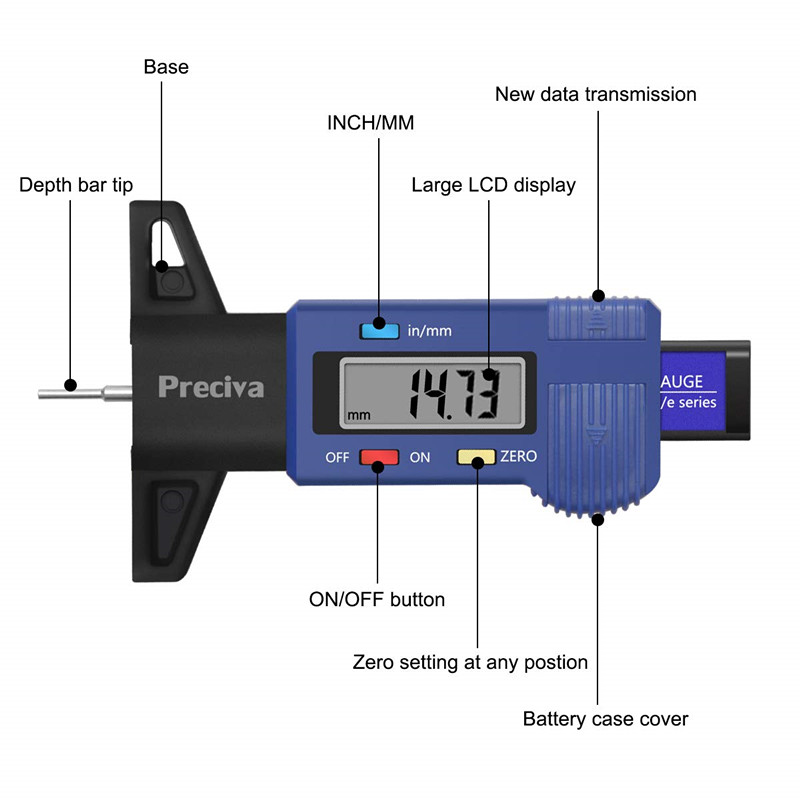 The measurement results at all specified points must match. If they do not match, then the tire wears unevenly. The driver should find out why this is happening. Some causes of uneven tire wear are low or high pressure in them relative to the regular one, suspension failure, extreme driving style.
The measurement results at all specified points must match. If they do not match, then the tire wears unevenly. The driver should find out why this is happening. Some causes of uneven tire wear are low or high pressure in them relative to the regular one, suspension failure, extreme driving style.
Old tires have become unusable, the amount of tread remaining is approaching a critical line - no need to take risks, it's time to change your car's shoes. There is a great temptation to get by with small financial costs and purchase a set of used tires. Be careful!
Sellers advertise used tires as good or excellent condition. Do not be too lazy to personally measure the height of the tread layer. And remember: for winter tires, a residual tread depth of 4 mm is already 100% wear.
When buying used tires with tires, it is important to remember that tires from different manufacturers and seasons initially have different tread heights (when they are new). And most importantly: the tires have, accordingly, different wear limits - the tread depth at which the tire begins to lose important characteristics.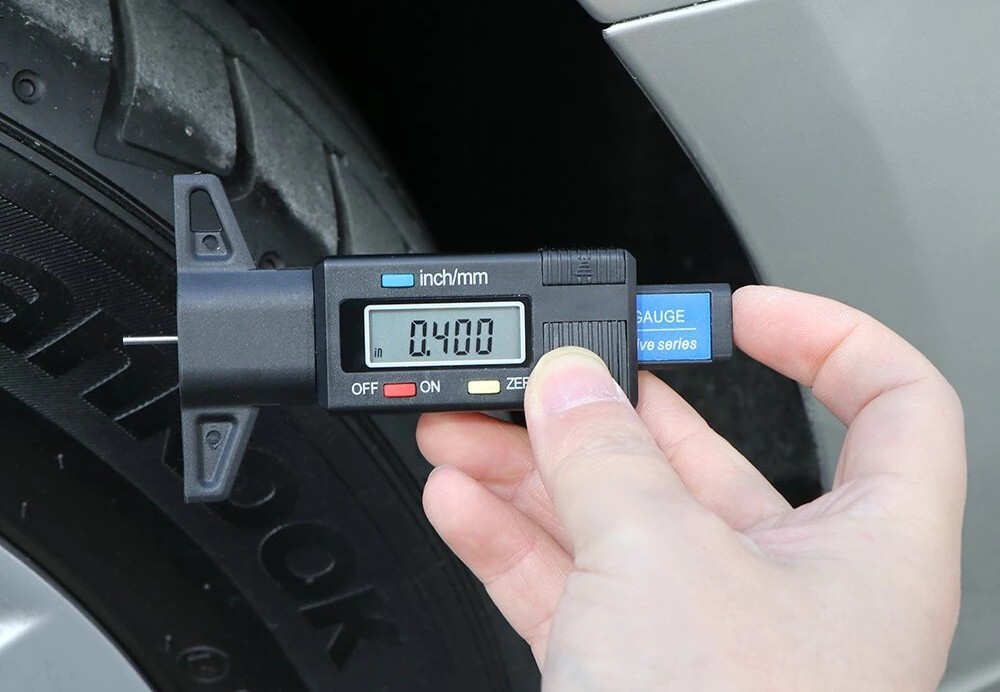 These differences are most noticeable in winter and summer tires. Keep these points in mind when measuring the remaining tread depth of used tires.
These differences are most noticeable in winter and summer tires. Keep these points in mind when measuring the remaining tread depth of used tires.
The quality of domestic roads, unfortunately, does not allow tires to be used for 7-10 years. If you still decide to buy a used kit, check the year of manufacture - it is better not to consider tires older than 8 years.
there is no guarantee for tires bought from hands;
the seller can cheat - for example, offer tires from different manufacturers in one set. Some especially enterprising salesmen even cut the tread on the worn rubber, as if the tires had not yet worn out;
you will have to spend a lot of time picking up tires from private sellers - much of what is put up for sale is only suitable for recycling;
Products may have hidden or visible defects. Visible are punctures, tears, cuts. A tire with a lot of damage can collapse in motion. Hidden defects include damage to the cord, which most often occurs after punctures or a strong blow. A car with such a malfunction may wiggle on the road, and it will be unstable;
Hidden defects include damage to the cord, which most often occurs after punctures or a strong blow. A car with such a malfunction may wiggle on the road, and it will be unstable;
the goods were stored in the wrong conditions, for example, under direct sunlight - this reduces the life of the tires and they will quickly become unusable, even if the residual tread depth is ideal;
it is not always possible to carry out a tire fitting in the presence of the seller, you will have to check the kit yourself after payment.
Without a specialist, there is a risk of buying tires that you cannot use. Don't skimp on safety. Purchasing a new set of tires will require more investment, but will pay off with a long period of trouble-free operation.
The maximum permissible residual tread depth for a passenger car is 1.6 mm in summer and 4 mm in winter.
SDA strictly regulate the residual height of the tread pattern. Violation of traffic rules is a reason for drawing up an administrative protocol.
Violation of traffic rules is a reason for drawing up an administrative protocol.
For your own safety, replace worn tires on time. Better for new ones.
Menu0191 1. With a penny
2. With a quarter
3. With a tire tread wear indicator
4. With a tire tread depth gauge
Penny Test
Tire tread depth gauge
Conclusion
A tire tread consists of ribs or grooves around the tire circumference. This raised part of the tread wicks away water, making the vehicle safe to drive in difficult weather conditions such as rain and snow.
However, as the tire tread wears out, it loses traction and forces the braking and steering system to work harder, especially in wet conditions. Driving becomes unsafe when the tire's tread depth reaches 2/32 of an inch.
But how do you check the tread depth of a tire? Tire tread depth can be measured with a penny, a quarter, a tire tread wear indicator, or a tire tread depth gauge.
In the US, tire tread depth can be measured with a penny.
Insert a coin into the tire groove so that Abraham Lincoln's head goes in first.
If you can see the whole head of Lincoln, it means that the tire's tread depth is less than 2/32 of an inch.
If you get the same result when checking multiple grooves of a tire, a tire change is inevitable.
If a small portion of the Lincoln's head is hiding in the groove, it's safe to assume that your tire's remaining tread is 4/32 inches.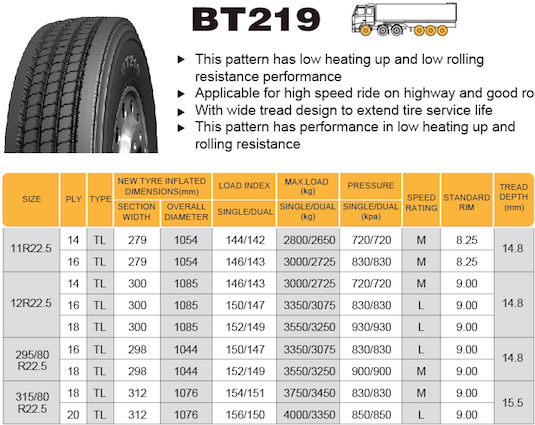
Some recommend changing tires after measuring the tread depth due to degraded vehicle performance. Tires may not withstand harsh driving conditions.
Another way to check the tread of your tires is to use the quarter test.
In this tire tread test, the tread depth of a tire is measured using the head of George Washington.
Tires are safer to ride if Washington's head is completely covered or not visible when placed between the tread grooves. This is typical for new tires that are 10/32 to 11/32 inches, or 8 to 9 millimeters.
If Washington's head touches the rib of the tire when you insert it face down (seen by you), the tires are still safe with 4/32" of tread remaining.
If Washington's head is clearly visible in the quarter, the tire's tread depth is less than 2/32 of an inch. This requires immediate tire replacement.
Doing a trial test or checking the tire tread with a pressure gauge can convince you that you are measuring the tire tread correctly.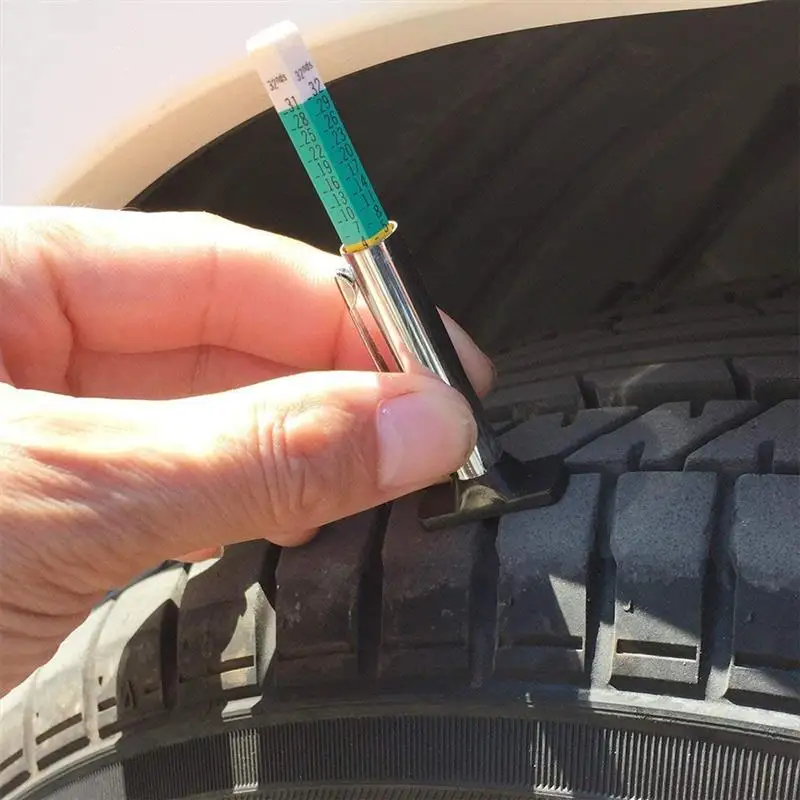
You can also check tire wear without any tools because tires have a built-in tread indicator or wear indicator.
These can be seen as six stripes along the entire rib of the tread. The strip becomes visible when it reaches the minimum allowable tread depth of 2/32 inch or 1.6 mm.
Some tires have been designed with different bar grades such as 8/32, 6/32, 4/32 and 2/32. So check all tread grooves to make sure they match the tire wear indicator chart.
New pickup or large vehicle tires have tread depths from 15/32 to 20/32 inches.
measure tire tread
If you want to get an accurate tire tread depth measurement, use a tire tread depth gauge.
Of course, this tool cannot measure a bald or completely worn tread.
Look for the smallest tread depth. Insert the measuring pin into the groove, then press it against the tread.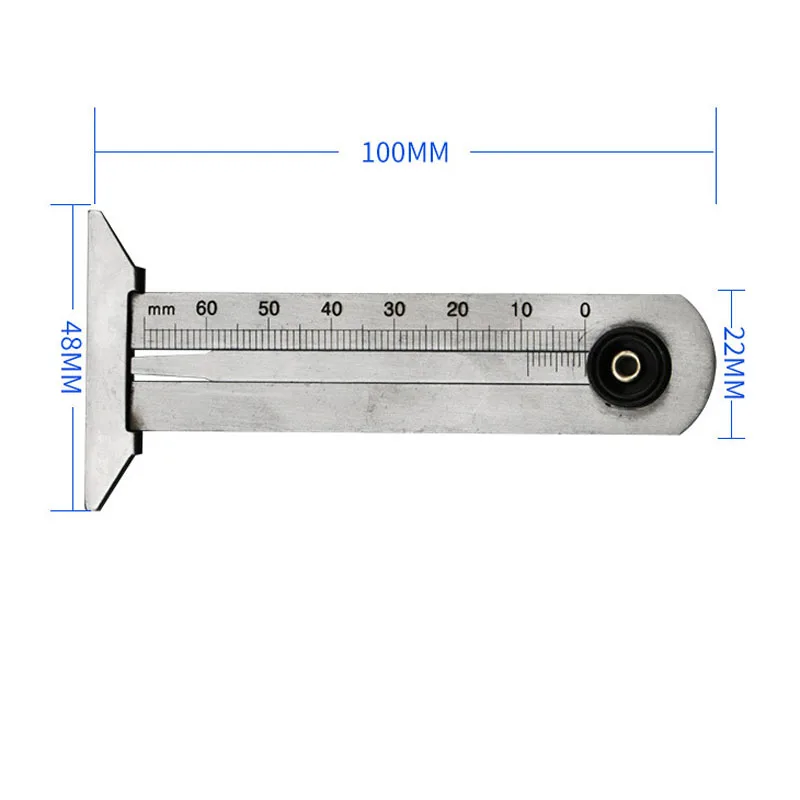 This tool provides accurate readings in inches and millimeters. You can buy them at auto stores for about $4.
This tool provides accurate readings in inches and millimeters. You can buy them at auto stores for about $4.
What to cook: a penny, a quarter, a tread indicator or a tread depth gauge.
Penny is a quick coin test used to check if a tire's tread depth is at the 2/32 inch threshold.
A quarter is another test of a coin that can tell if a 4/32 inch tire is in good condition.
The tire tread indicator refers to the rubber notches that are raised 2/32 of an inch. When the lights are on, it means the tires are worn to an unsafe level.
The tread depth gauge provides the most accurate measurement of tire tread depth.
Detailed steps for each method
Take a penny. Use the side of Abraham Lincoln.
Turn the coin upside down so that the Lincoln's head is facing the tread groove.
Insert a penny between the tire tread.
Check if Lincoln's head is visible. If so, the tires are not safe to use because the tread depth is less than the minimum tread depth.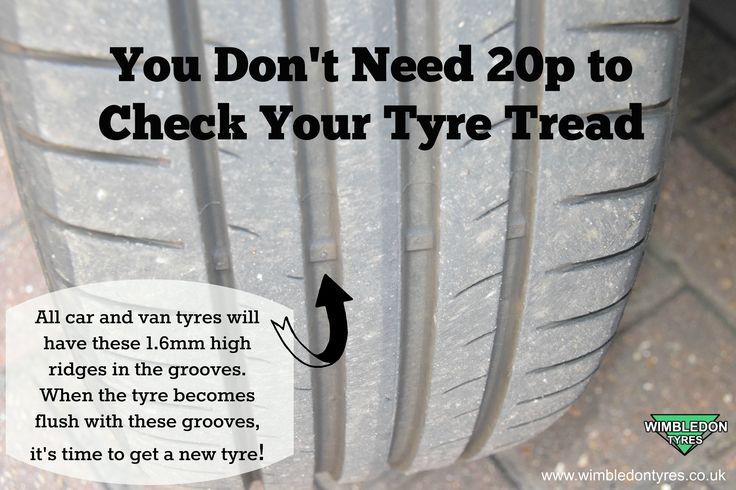
If part of the Lincoln's head disappears into the groove, the tread is still over 2/32 of an inch.
Run this test on the entire tyre. Check various places, especially areas that look worn.
Quarterly Test
Get a quarter. Use the George Washington side.
Insert a quarter with Washington's head towards the ribs.
If you see Washington's head, the tires need to be replaced.
If the tread covers Washington's head, the tires are safe to use at 4/32" deep.
Carry out this test on several sections of the tire. Pay attention to areas that are clearly worn.
Tire tread wear indicator
Look for the initials TWI (tread wear indicator) on the shoulder of the tread.
Right through this point, you will find tread wear indicators or stripes on the bottom of the tread.
If the tread is level or set at the same level as the wear bars, they are considered unsafe or worn.
Some tires have numbers in the center of the tread rib that indicate the tread depth in millimeters. As the tire wears, these numbers disappear. The visible number when you check the tire indicates the remaining tread.
As the tire wears, these numbers disappear. The visible number when you check the tire indicates the remaining tread.
Check the scale you are going to use (inches or millimeters).
Place a tire tread depth gauge over the tire groove.
Click on the pressure gauge.
Rotate the dial until you find a number with a bar underneath it.
The first number displayed is the tire tread depth.
When is the best time to check tire tread depth?
As a general rule, tire tread depth should be checked every 3,000 miles or 5,000 km. It is also recommended to check the tire tread seasonally or when changing winter or summer tires.
You can closely monitor the condition of your tires if you know how to check the tire tread depth.
Tire tread depth can be measured with or without a feeler gauge. Coin tests help evaluate tire tread depth.